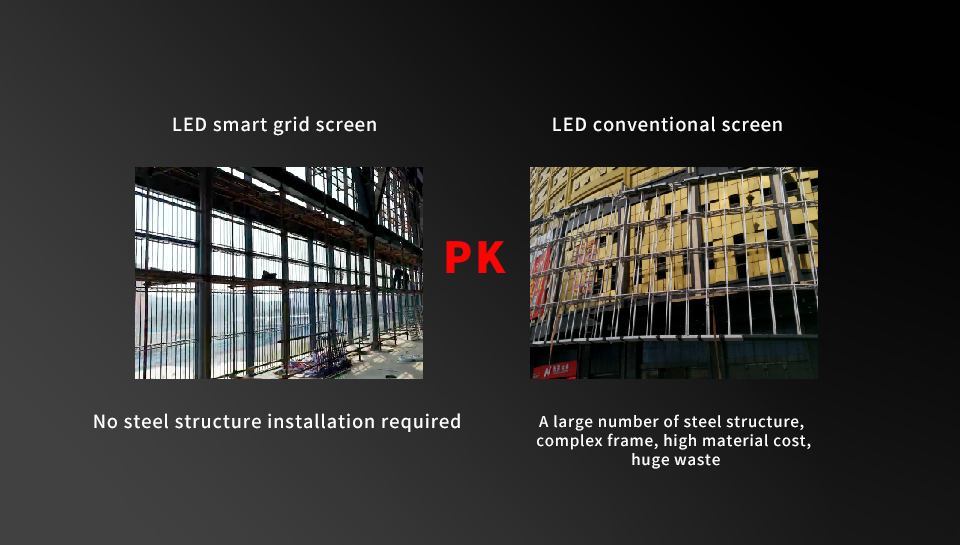source:Industry Trends release time:2022-10-15 Hits: Popular:led screen wholesaler

In recent years, as the father of blue LED Shuji Nakamura "switched" laser lighting, publicly said: "in the next 10 years, laser lighting will replace LED lighting." Laser lighting is also increasingly seen by the industry as a potential threat to leds.
Laser lighting is divided into visible light laser lighting, infrared laser lighting: 1, visible light laser lighting, according to the principle of the following two types: 1) blue light excitation phosphor to achieve white lighting; 2) red green blue laser synthesis of white laser, or true color light lighting. 2, infrared laser lighting, is the use of semiconductor materials, in the process of hole and electron recombination, the reduction of the electron level and release of photons to generate light energy, and then the photon in the resonant cavity to produce resonance specification of the photon propagation direction and the formation of laser. It is widely used in night vision, night camera monitoring and lighting.
Laser lighting is thousands of times more efficient than LED lighting, which can not only increase the projection distance, improve safety, but also be smaller and more compact. In addition to the field of lighting, laser display in projectors, digital theater, television, stage lights, large screen splicing, automobiles and other fields, will have a broader application. Nakamura Shuji thinks, "a laser lamp, lighting 100 square meters of area is no problem." But because laser is now too expensive, so the use rate is not high. It is mainly used in the special lighting market, such as automotive lighting. For example, Osram introduced the laser headlamp with new application technology of automotive at CES. And if laser prices fall further in the future, laser headlights will dominate the car market. As for general lighting, it depends on substrate performance and price breakthrough.
Does OLED Light a technological revolution?
OLED is called "dream display" by industry insiders because of its unique advantages, and it is also recognized as the development direction of the next generation display. OLED can be made thinner than today's widely used LCD screens because the pixels themselves emit light. The core OLED material is a thin solid flexible organic material, which can be combined with flexible substrate and cover plate to produce flexible OLED displays with various bending shapes.
At present, OLED can be large-scale automated production, the quality is increasingly stable, with ultra-thin, flat luminescence, more uniform brightness, good glare control, large Angle bending can be used for more modeling design, and its light efficiency can reach 60-80 lumens. It is possible that the LED lighting pie will be transformed by OLED even before it has been digested.
Read recommendations:
outdoor led screen modules wholesaler
Five problems that need to be solved by transparent LED display
Full -color LED display assembly step.commercial led display screen